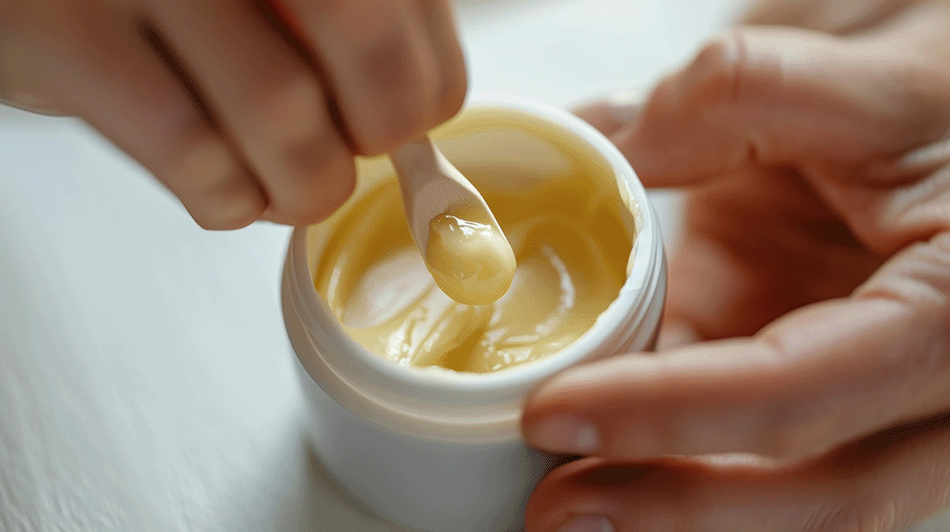
Therapy
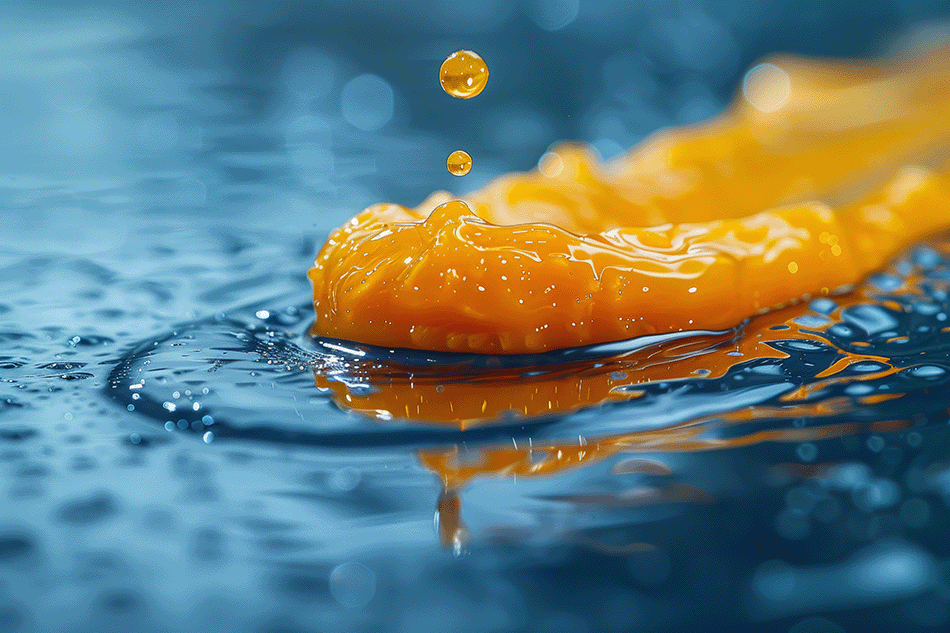
Antimicrobial Agents
The most frequently used topical antimicrobials in modern wound care include iodine and silver-containing products. In the past, acetic acid, chlorhexidine, honey, hydrogen peroxide, sodium hypochlorite, potassium permanganate, and proflavine have been used.
Moisture Balance Dressings
A moisture balance dressing is a wet-to-dry dressing. With this type of dressing, a wet (or moist) gauze dressing is put on your wound and allowed to dry. Wound drainage and dead tissue can be removed when you take off the old dressing.
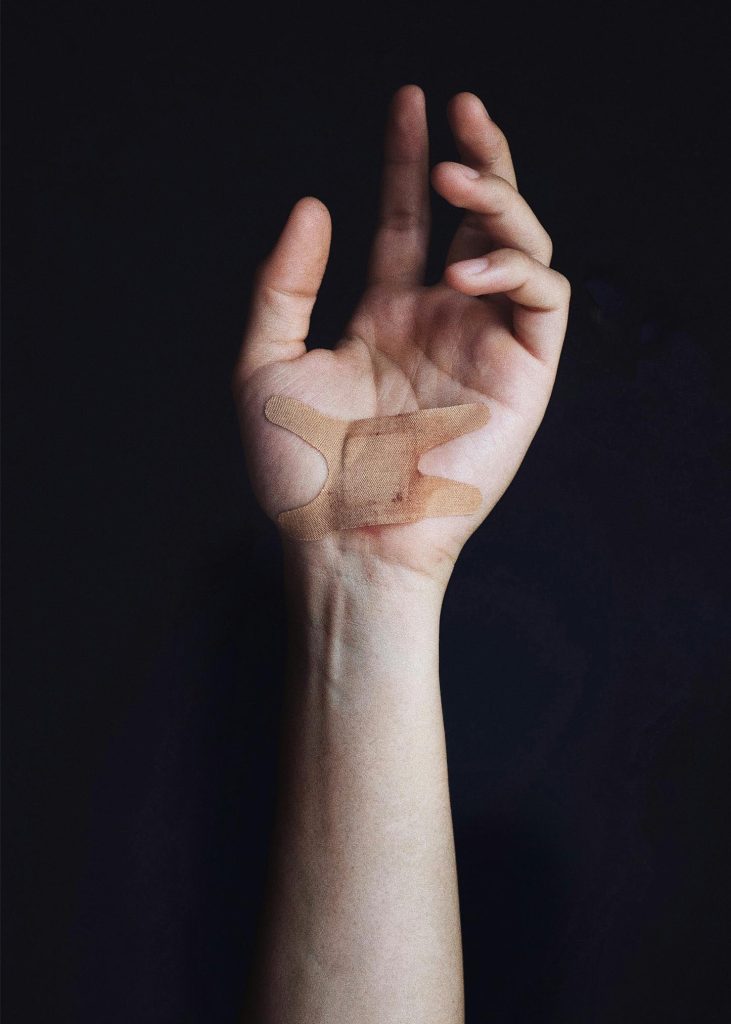
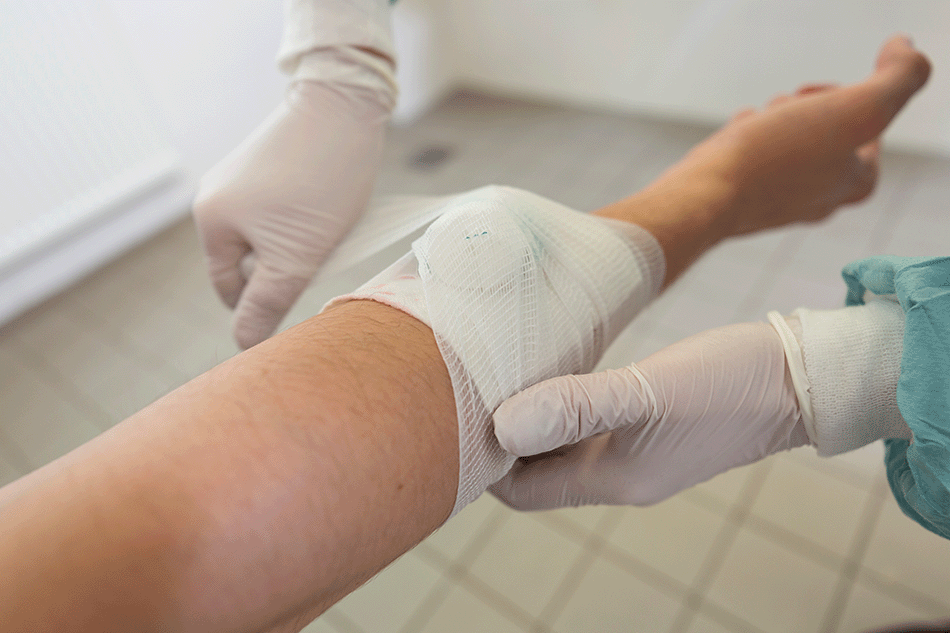
Negative Pressure Therapy
Negative pressure wound therapy (NPWT), also called vacuum-assisted wound closure, refers to wound dressing systems that continuously or intermittently apply subatmospheric pressure to the system, which provides a positive pressure to the surface of a wound.
Edema Control
Edema can be defined as the presence of excess body fluid within or around body cells or tissues, which manifests physically as swelling. Edema occurs due to the movement of excess interstitial fluid to the space between the cells that compose various body tissues. Failure of the body’s natural fluid drainage mechanism to clear the excess fluid will result in worsening body swelling. While edema can affect almost anyone, people who experience trauma, burn wounds, or have chronic medical conditions, such as hypertension, are more susceptible to developing significant body swelling.
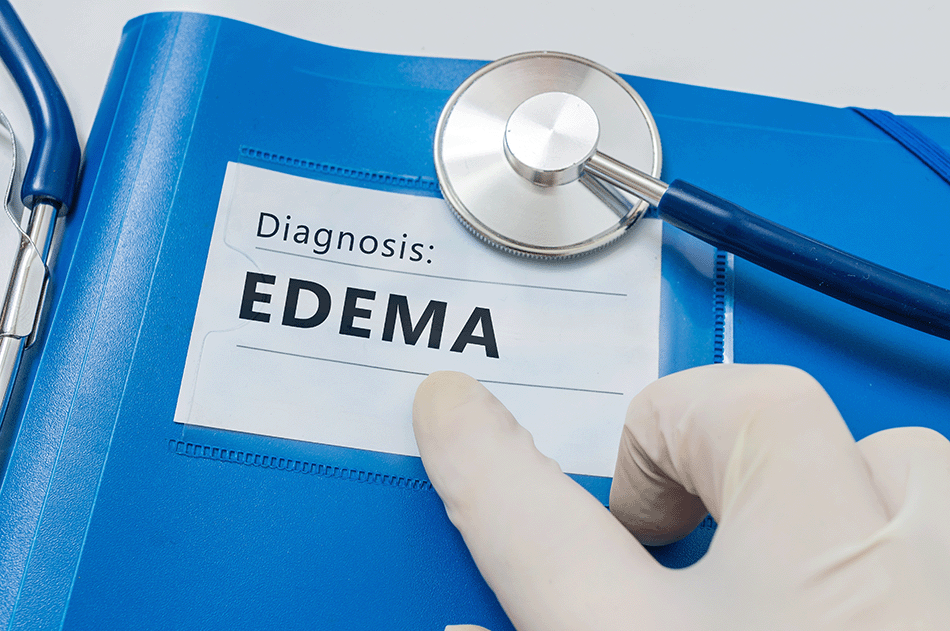
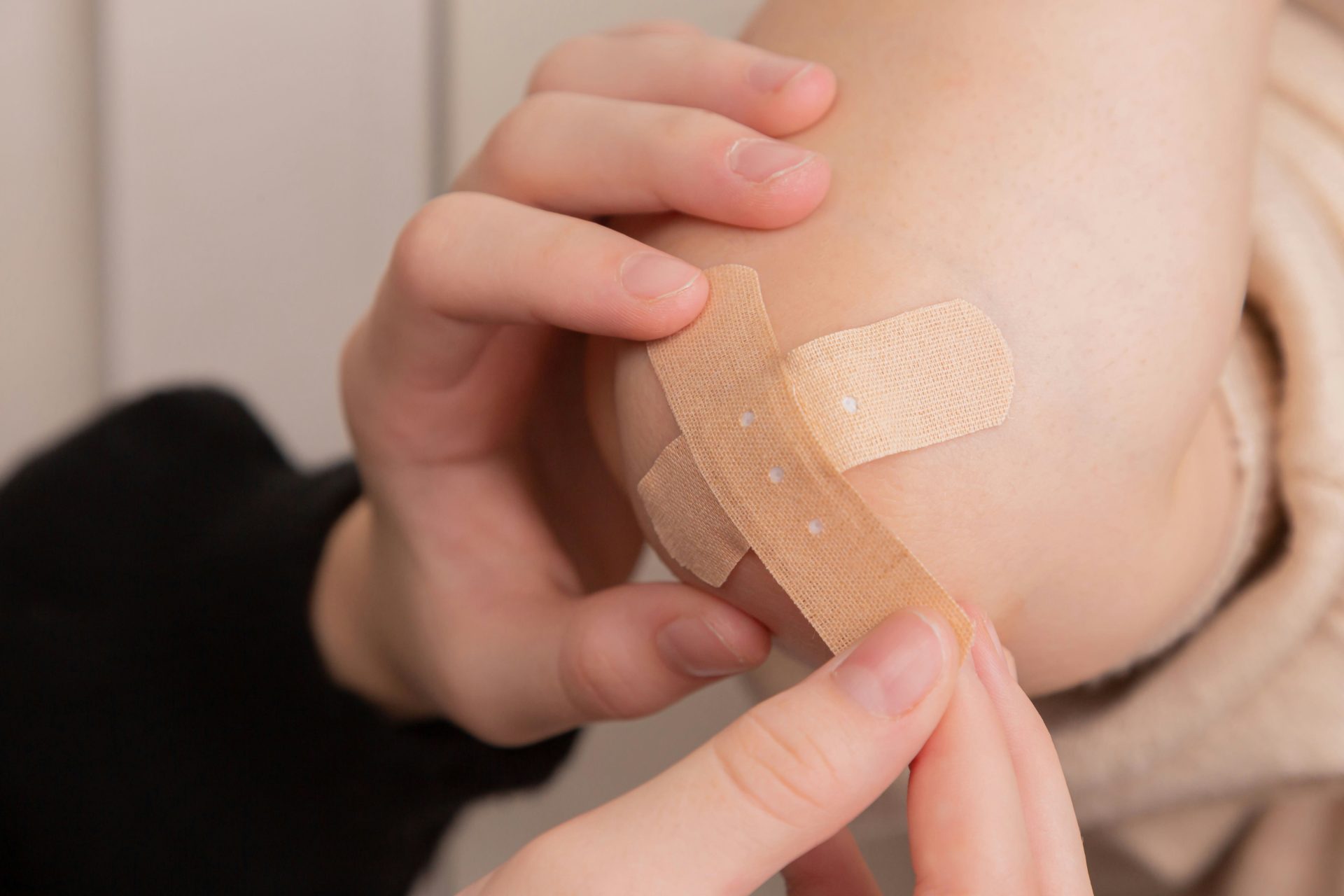
Contact us today for state-of-the-art treatments for chronic and complex wounds.
© 2024 Capital Advanced Wound Care

